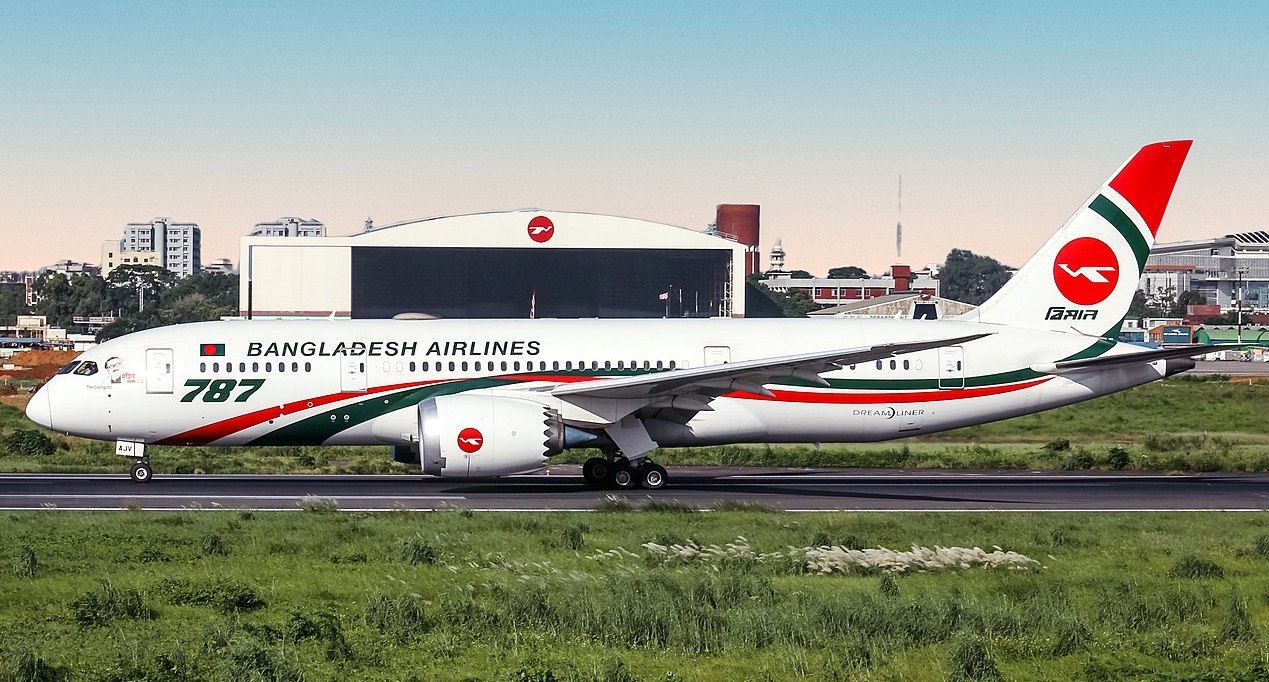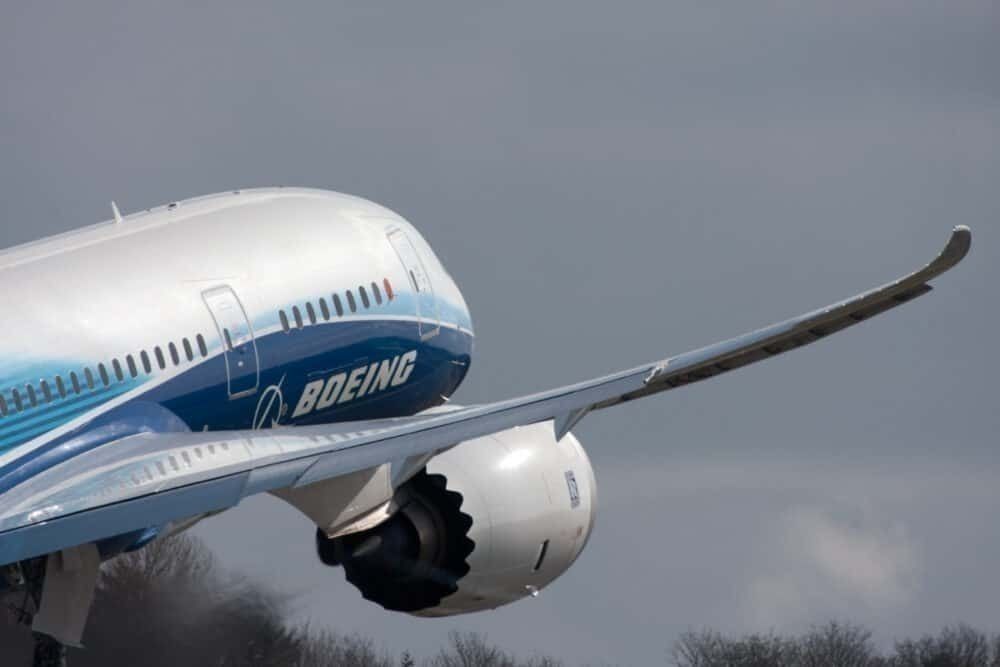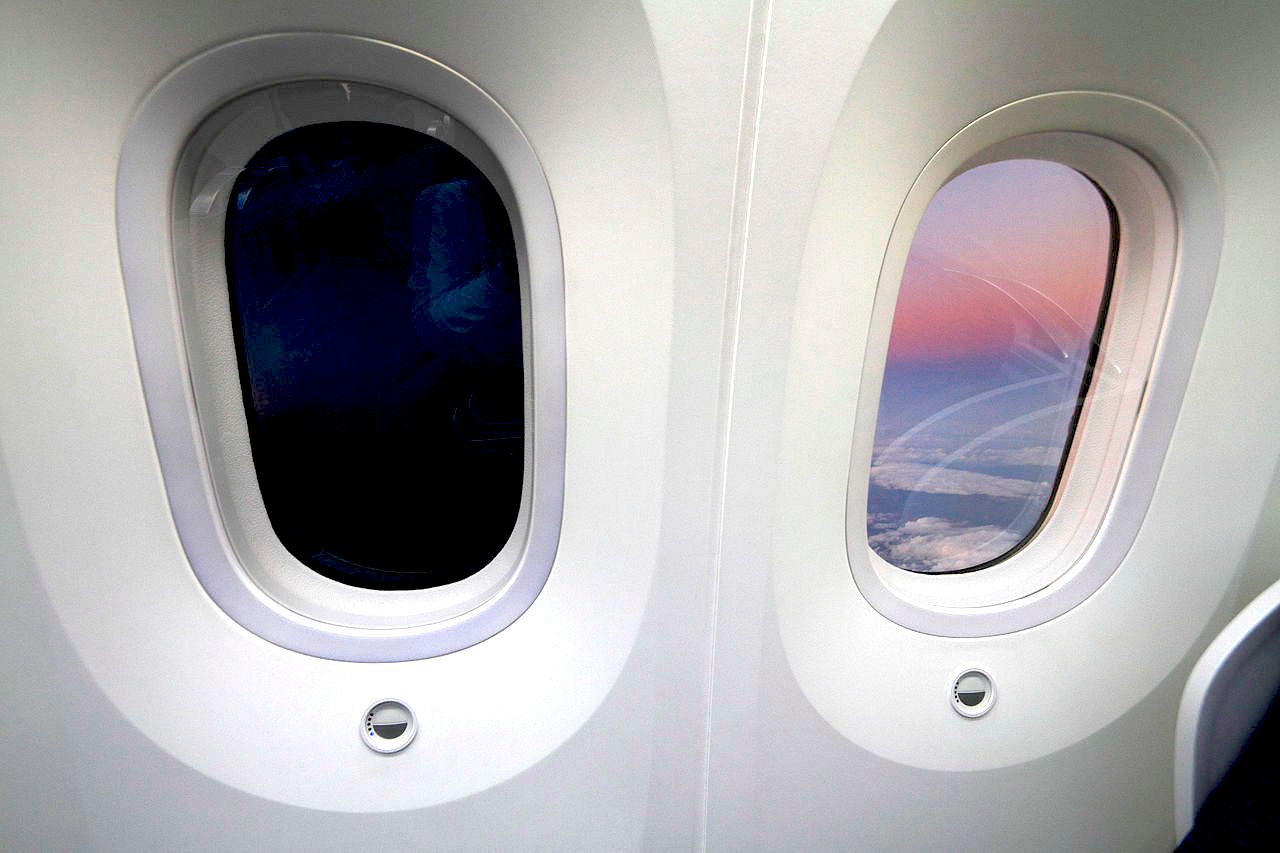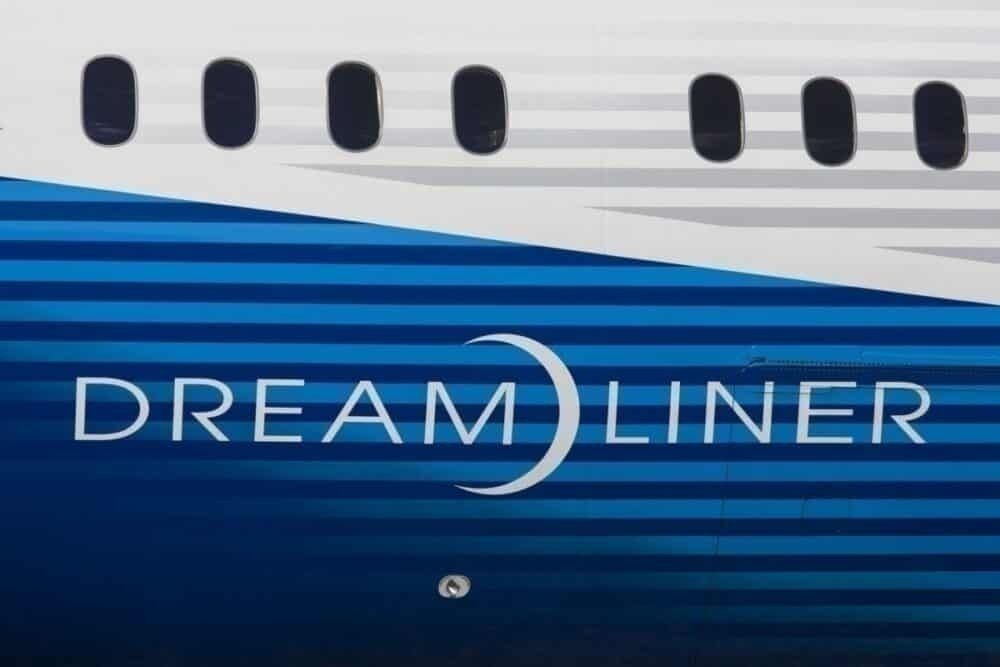The Boeing 787 is an innovative and groundbreaking aircraft in so many ways. From its mix of composite materials and comfortable cabin pressure to its large, electrochroamatic windows. But how exactly does the technology behind that window dimmer switch actually work? The Boeing 787 Dreamliner has the largest windows of any passenger jet. They measure a full 10.7 by 18.4 inches in size. That is in comparison to the second-largest belonging to the 777 at 10 by 15 inches. But, of course, the Dreamliner's windows are famous not only for their size, which makes the window seat, if possible, an even more coveted commodity, but also for the lack of mechanical blinds.
The Boeing 787 Dreamliner has the largest windows of any passenger jet. They measure a full 10.7 by 18.4 inches in size. That is in comparison to the second-largest belonging to the 777 at 10 by 15 inches. But, of course, the Dreamliner's windows are famous not only for their size, which makes the window seat, if possible, an even more coveted commodity, but also for the lack of mechanical blinds.
Get the latest aviation news straight to your inbox: Sign up for our newsletters today.
Electronically dimmable windows
Instead, the 787 features electronically dimmable windows (EDW). Buttons beneath the windows allow passengers (well, two per row in any case) to regulate the amount of light entering the cabin. But how does the gradual lightening or darkening of the window work?
 Electrical current through gel
Electrical current through gel
The windows of the 787 are not made up of one single pane of glass. Of course, all aircraft windows have several layers of glass or stretched acrylic material to withstand the pressure differential inside and outside the plane.
However, the panes of the Dreamliner's windows (manufactured by a company called Gentex) have a layer of gel in between them. When an electrical current is applied to the gel, it causes a chemical reaction that alters its opacity. The higher the voltage, the darker the gel becomes. And, naturally, this works vice versa: A lower current leaves the gel lighter, and none at all lets it return to a completely clear state.
In this way, these electrochromatic windows can go from transparent to near-black-out-curtain with the press of a button.
Networked for master switches
The electrodes are placed to the sides of the windows, behind the inner panels, and out of view for the passengers. Meanwhile, they are all networked together so that the cabin crew maintains control through master switches.
This comes in handy when traveling through time zones to allow travelers some more shut-eye. And furthermore, it enables the crew to settle any off-chance "blind up or down" dispute.
When they were first introduced, the windows could not go entirely dark, and criticism was raised that they let in too much light in the harsh sunlit conditions above the clouds. However, the manufacturer made improvements to the technology in 2015. Now, they can block out almost all light, similar to traditional blinds. Furthermore, the transition time from clear to dark has been halved.
According to Boeing, these windows are supposedly maintenance-free and should last for as long as the plane, or 20 years at the very least. But no, they are still not allowed to be dimmed during take-off and landing - and unlike conventional blinds, cabin crew can ensure compliance from a distance!
What is your experience with the Dreamliner's windows? Let us know your thoughts in the comments.


